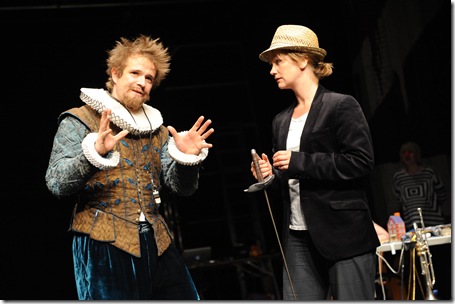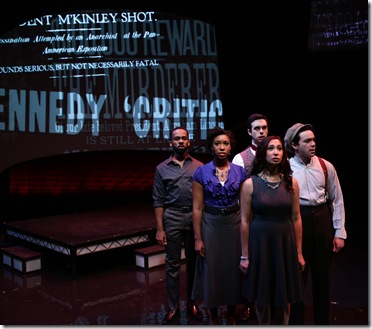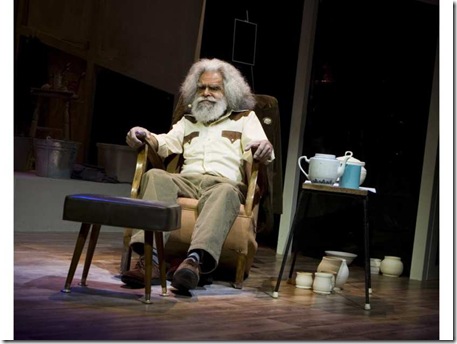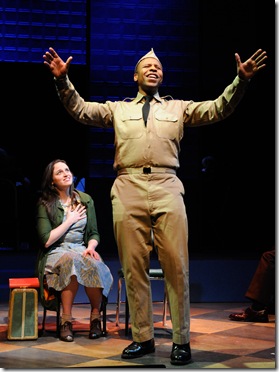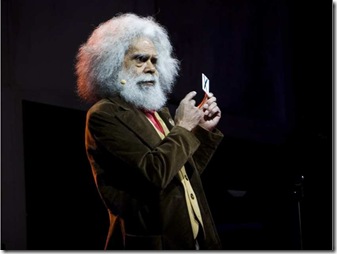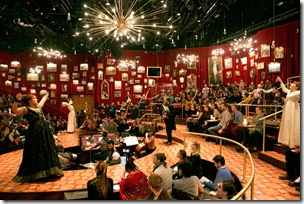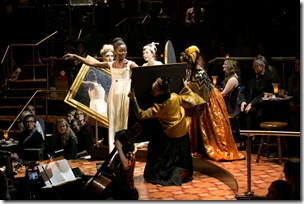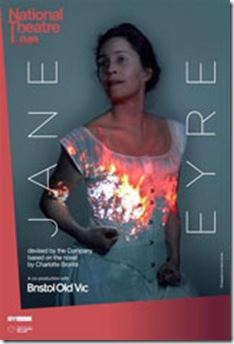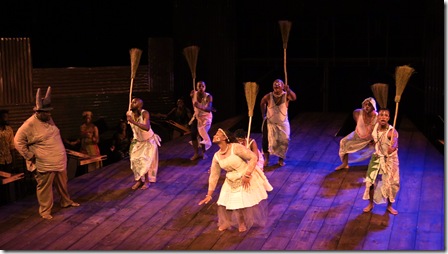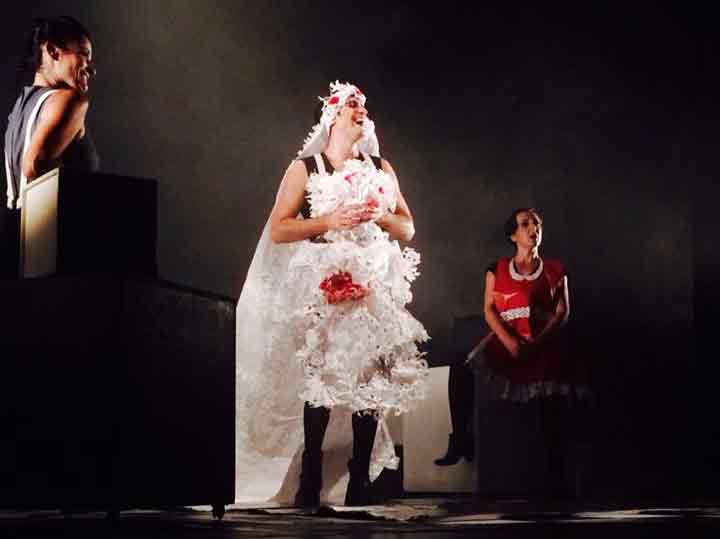Nice Fish: A Reverie on Life
Louis Jenkins’s poem, “The Afterlife” begins: “I didn’t get it,” they are saying.
“Older people are exiting this life as if it were a movie.”
He says, “It didn’t seem to have any plot.”
Those words characterize Mark Rylance and Jenkins’ play Nice Fish, now appearing at the American Repertory Theatre, which they adapted from Jenkins’s prose poems. With its short non-linear scenes, it seems more a piece of performance art than a play. This remark is not meant as a put-down; I enjoyed the performance. It is reminiscent of Beckett’s plays in which the characters inhabit a predominantly empty world.
At the same time, the work projects a Prairie Home Companion quality, no surprise since Louis Jenkins has appeared on the radio show reading his poetry. Like Prairie Home Companion, his poetry frequently portrays distinct Minnesota characters and culture. That quality is even more forceful in the play where the actors bring a theatrical reality to the work. …

